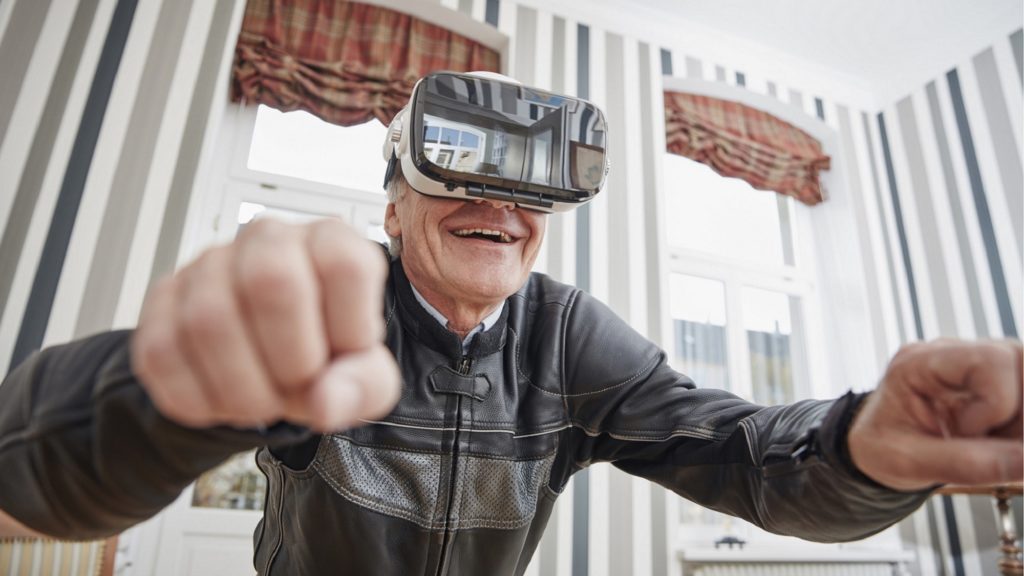
Much has been said and written about how older adults in general embrace virtual reality devices, but now distinct differences are emerging among the age sub-groupings.
“Research on VR treats older adults as a monolith,” authors behind a recent study noted. “But there are substantial differences across age 65 to 100+ year olds that may affect their experiences.”
One emerging factor is that “younger seniors” — those aged 65 to 75 years — are less likely to have hearing or visual impairments that would impact their use of VR platforms, the researchers found.
Younger seniors, therefore, were more likely to use and appreciate the benefits of VR (for this and other reasons).
This critical difference could affect whether it is feasible for senior living operators to pursue VR tech for residents or if their demographic skews too old for VR investments to be worthwhile.
The study surveyed 245 adults whose average age was 83; that is significantly higher — more than a decade — than the typical age of participants in VR studies, the researchers said. The average age of a senior living resident, however, is 84 years.
As with similar studies, the researchers also found that VR bolstered the relationship between older adults and their caregivers.
Increasingly, VR tools are being used across a wide spectrum of activities for senior living, from pure entertainment to clinical therapy to nurse training.
The VR study authors acknowledge some limitations on their survey results, which did not confirm whether or not, as people approach the age of 100, they simply had too many physical limitations to get use out of the technology.
The researchers concluded, however, that more studies should reflect demographic differences between seniors, rather than assuming that anyone over 65 ought to be lumped together in analyses.
“These findings reaffirm calls from other scholars for more research on heterogeneity in the use of and attitudes toward digital technologies within the growing and diverse older adult population,” the study authors concluded.


